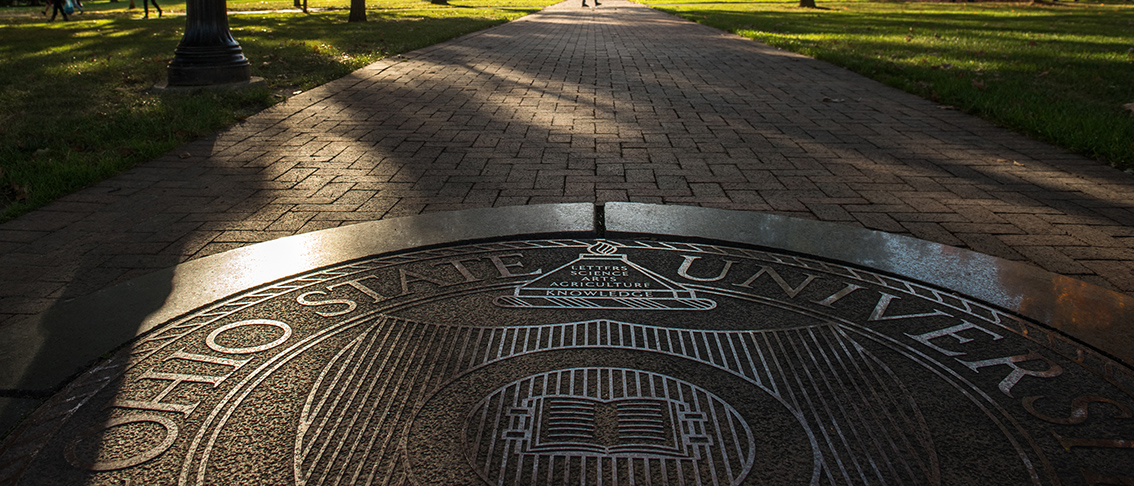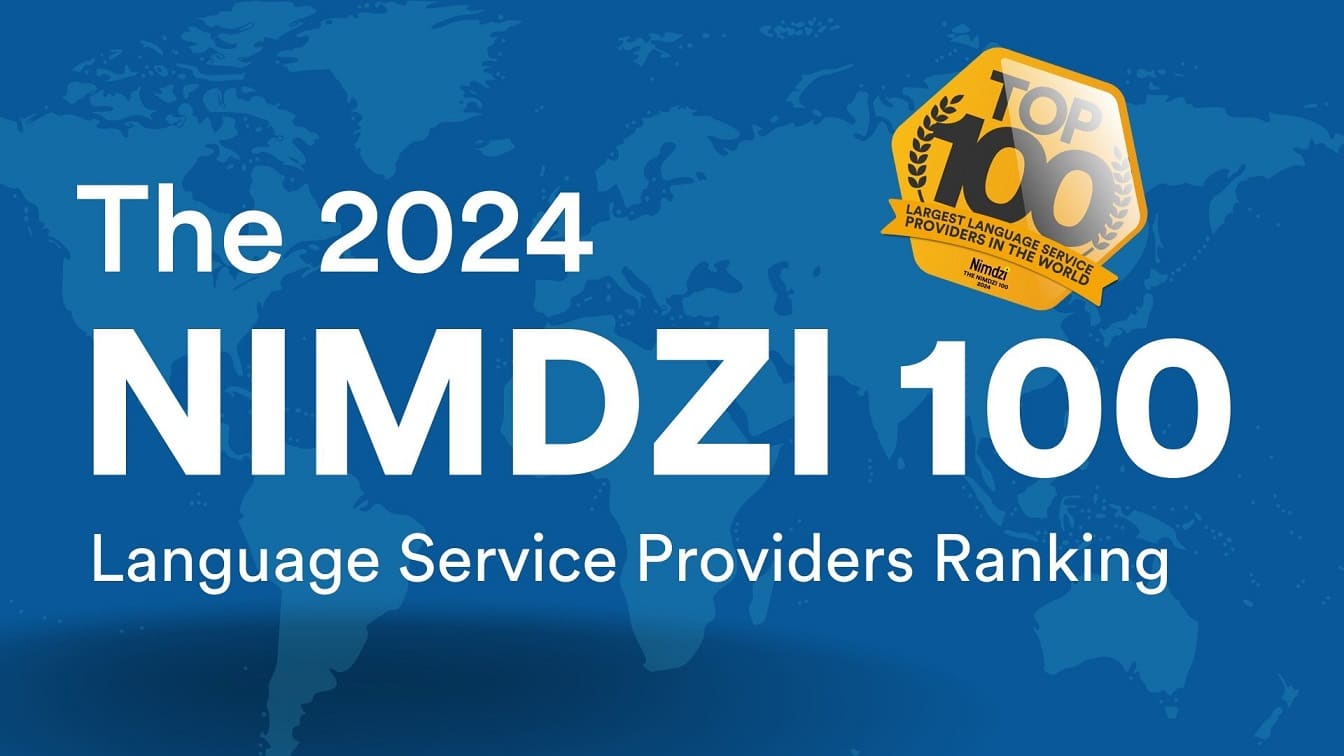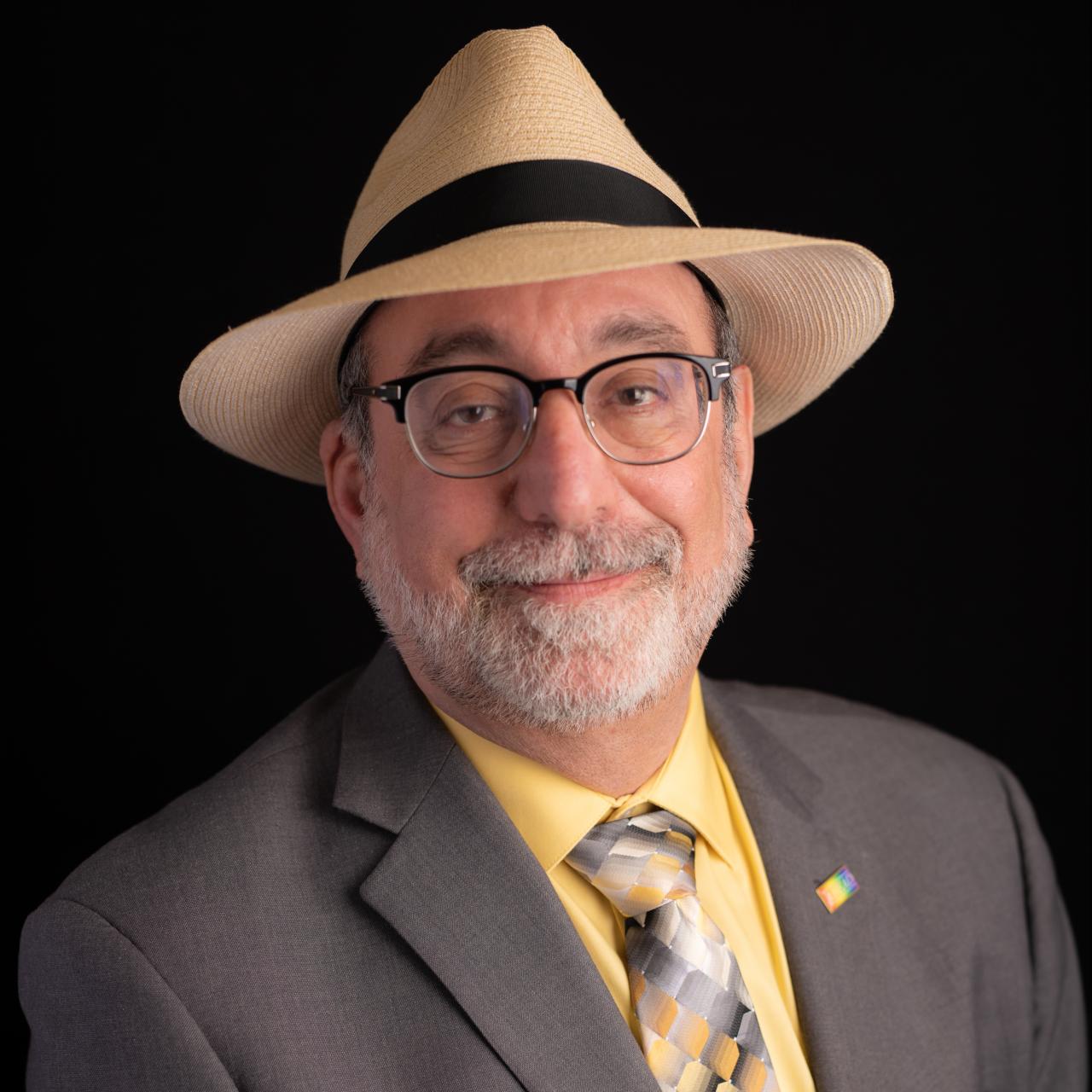Learning Disability Awareness month is celebrated by thousands each year to inform others about the experiences of professionals and students with learning disabilities. Currently, 7.3 million public school students receive special education services and this year was particularly difficult as higher-ed and K-12 learners alike continued their studies with COVID-19 restrictions.
To honor those with LDs this month, Verbit spoke with Scott Lissner, the Americans with Disabilities Act (ADA) Coordinator and 504 Compliance Officer for Ohio State University (OSU). OSU caters to the needs of many students with disabilities, and is located in a region with “the 5th largest deaf population in the country,” Lissner said. With over two decades of experience in his field, Lissner was one of the first full-time ADA coordinators in the US.
“21 years ago, the number of full time ADA coordinators in higher education was probably something I could have counted on one hand,” he said.
OSU has experienced many institutional changes since Lissner began his journey, but the one element that has remained the same is OSU’s overall dedication to ensuring accessibility. “We’re focused on being more inclusive as an institution, removing barriers and assuring accommodations are in place,” he said.
Lissner provides expert guidance and strategies on ensuring equitable access for students, faculty and staff with disabilities. His dedication to ensuring accessibility at OSU is unmatched.
Leaders like Lissner are developing and creating policies and processes that are equitable and accessible for all learners, and this month offers no better time for others to follow suit.
Understanding The Diversity of Learning Disabilities
Learning disabilities can vary widely depending on the individual. Lissner explained that OSU’s office focuses on making its campus inclusive by working with students themselves.
Lissner said OSU works directly with its students to build more of an identity community that is inclusive of learning disabilities, neurodivergent conditions and physical divergent conditions to ensure all are represented, as each has various different needs.
Common learning disabilities include, but are not limited to:
- Dyslexia: A condition that affects language processing when reading
- Dyscalculia: A condition that affects an individual’s ability to learn about math and numbers
- Auditory Processing Disorder (APD): A disorder that causes an individual to have difficulty processing sounds
- Attention Deficit Hyperactivity Disorder (ADHD): A condition that causes individuals to struggle with focus and increased hyperactivity
- Autism Spectrum Disorder: A cognitive disability that can cause social and behavioral challenges in individuals
OSU frequently conducts research on these disabilities, trends and statistics to understand new needs, both in the classroom and for public events. They often provide captioning for public events, even if there is no accommodation request made.
“We look at an event and [if it’s] of particular interest to the disability community…we know we want to plan on [including] an ASL interpreter, rather than wait for somebody to request one,” says Lissner.
OSU’s combined process of using research and a proactive approach to accessibility has helped ensure that individuals receive timely accommodations. “[If we know] that the audience [is] going to include people [with disabilities], we [don’t] wait for a request for that,” he explained.
Leaders like Lissner also provide multiple accessibility options to empower individuals in the decision making process, offering speech to text software like live automatic captioning and media captioning services for streamed and recorded events.
Disability Challenges That Remain
While OSU is making significant achievements for the learning disability community, Lissner noted that challenges in accessibility remain.
Lissner said OSU has been deep-diving into trends of what’s likely to become the status quo for the university and adjusting its processes for access and inclusion to match them, which is proving to be a new challenge.
Additionally, while a plethora of web resources and digital technologies like closed caption services, real-time transcription and audio description exist, Lissner noted that staff and faculty are sometimes unaware of the importance of accessibility and the ADA.
In addition to implementing campus-wide policies, his office is tasked with the challenge of guiding others as they navigate accessibility for the first time.
“Teaching teachers to teach is always a challenging task in higher education,” Lissner said.
The need to implement accessibility effectively was compounded with the shift to remote learning in 2020, especially as OSU experienced an influx of online events.
In that first shift, OSU had about 200 people in the audience, but “when it’s an open, free-to-register, online event, and hundreds of thousands of people are at home, it’s a different kind of thought process,” said Lissner.
Another factor that affected the university was the shortage of remote interpreters and captioners in 2020. OSU was sometimes faced with having to decide what public events to caption or provide interpreting for. Lissner needs to ask which events warrant the use of resources.
“If I put an ASL interpreter in every public event offered by OSU, no one would be available to work in half the country as an ASL interpreter,” Lissner said.
He and OSU continue to make all efforts to make everything as accessible as possible within reason and within budget, and planning is therefore key.
Guidance & Planning for Accessibility
Like many institutions, OSU’s goal is to follow Web Content Accessibility Guidelines 2.0 to deliver accessibility effectively.
“An increasing use of technology is more and more integrated into what we do [and] how we deliver information,” explained Lissner.
While many institutions have already adapted WCAG 2.0 guidelines, many are considering incorporating new elements of web accessibility. For example, the Web Accessibility Initiative (W3C) released its first draft of the Web Content Accessibility Guidelines 3.0 recently, covering more user needs, including the needs of individuals with cognitive disabilities like ADHD and autism.
What’s clear to those keeping a close eye is that standards and guidelines are constantly evolving. With that being said, an attitude for collaboration, research and communication will be key in solving new and old disability challenges.
“Work on correcting problems and barriers when you run into them. When you can, build it into policy. Talk about policy not law, and try to start the conversation of what’s the right thing to do,” said Lissner. “We’ve worked really hard with some student organizations and our students to build more of an identity community that is inclusive of learning disabilities,” he explained.
While using policy is best practice when explaining accessibility to those unfamiliar with the law, Lissner highlights the responsibility that ADA coordinators have in ensuring that university policy is well-connected to ADA law.
When asked about giving advice to other coordinators, Lissner explained the importance of understanding the overall essence of the ADA. “The shortest, useful message I could give someone is to remember that, at its core, it is a piece of civil rights law and it is about equity and equal opportunity,” said Lissner.
Join the Celebration
To celebrate Learning Disabilities Awareness Month, there are also webinars happening on adult learning disabilities and mental health this October. The Learning Disabilities Association of America also hosts an annual international conference.
Verbit is also working with many schools to ensure they have the tools needed to support students with learning disabilities. Get in touch if you’d like us to share some ideas which are easy to implement to honor this month.





